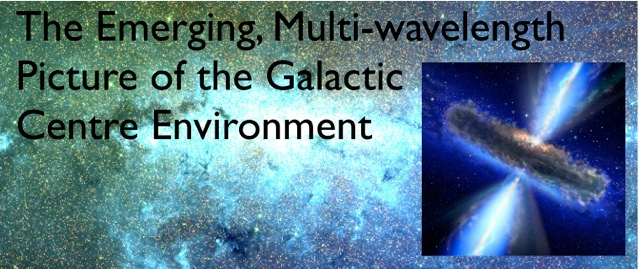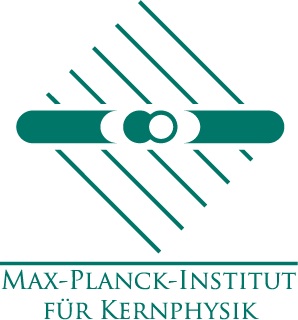Second Announcement:
With the workshop approaching rapidly next week, we have closed the registration page, since there are no more talk slots. If you would still like to attend, or need to send a talk title and/or abstract, please contact Roland Crocker directly.
We have now updated what we hope to be our final programme for the workshop -- if you are giving a talk, please look there to check your time. Additionally, you can download a copy of the programme. Please note that we will also have printed programmes available at the workshop.
We look forward to seeing you all next week here in Heidelberg for an entertaining and engaging workshop!
Felix Aharonian
Roland Crocker
David Jones
First Announcement:
The workshop "The emerging, multi-wavelength view of the Galactic Centre Environment" will take place in Heidelberg (Germany) in October 2011. The workshop will be hosted by the Max-Planck-Institute for Nuclear Physics (MPIK) and will be organized by Felix Aharonian, Roland Crocker and David Jones.
This workshop will focus on the unusual interstellar medium of the inner 400 pc of the Galaxy, its constituents, and the processes that energize it. Topics for discussion will include (but not be limited to):
-
•How is the region's molecular gas distributed and heated?
-
•Is there or is there not a high-filling-factor, very hot plasma suffusing the region?
-
•How strong is the local magnetic field? What is its topology? How is it generated?
-
•Do the unusual gas and magnetic field conditions lead to a stellar initial mass function biased towards formation of more massive stars?
-
•What can we learn from large-angular-scale MeV, GeV and TeV gamma-ray emission detected from the region?
-
•What role does the super-massive black hole on radii larger than a few parsecs?
-
•Is there a large-scale wind out of the region? If yes, how is it driven?
-
•How are the recently-detected `Fermi bubbles' created and how do the relate to the GC?
-
•What can we learn from multi-wavelength studies of the region?
-
•What does the inner 400 pc of the Galaxy teach us about star-formation in starburst environments?
This meeting will provide a comfortable environment for intensive discussions, and feature a flexible timetable and a very modest conference fee.
If you, or members of your research group, colleagues and/or students of yours, are interested in the workshop, please let us know in order to facilitate our planning for the workshop.
Venue:
The workshop will take place in the Max-Plack-Haus: See the travel page for more details.






